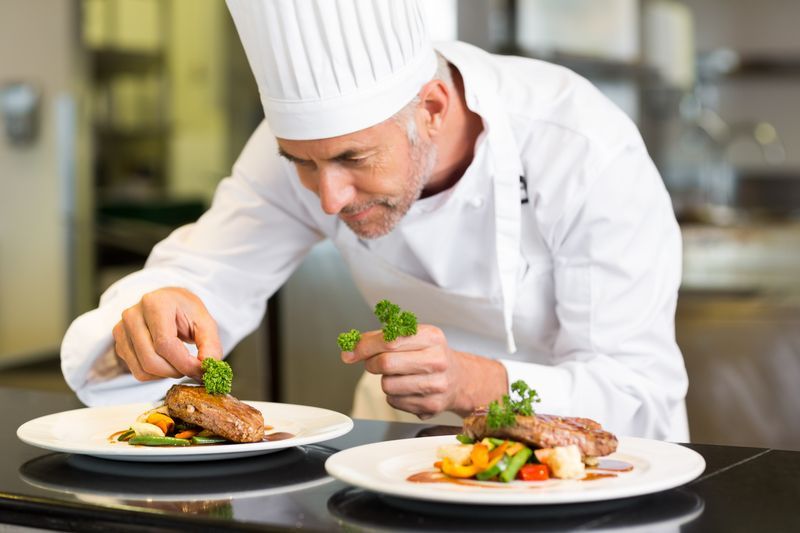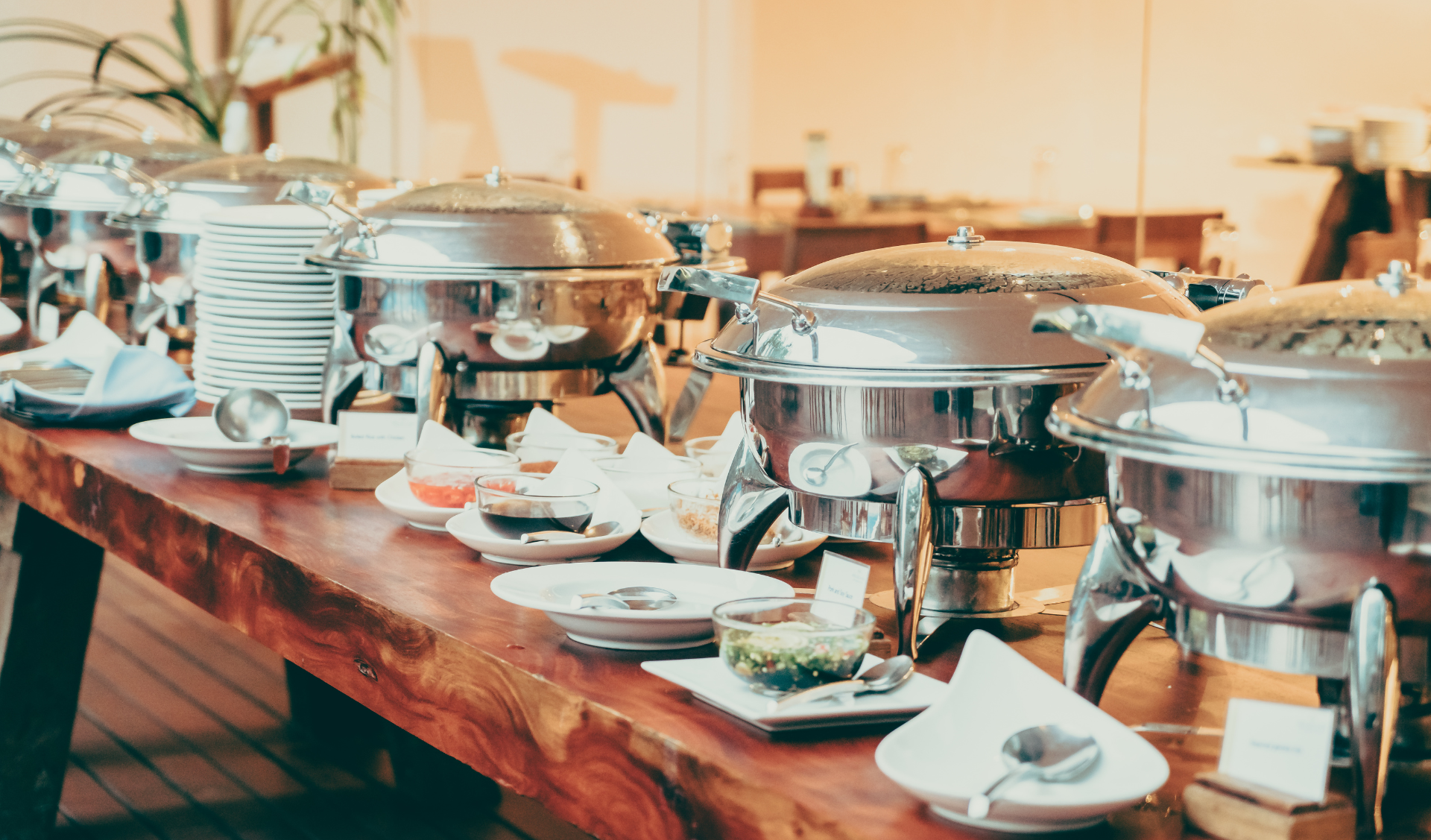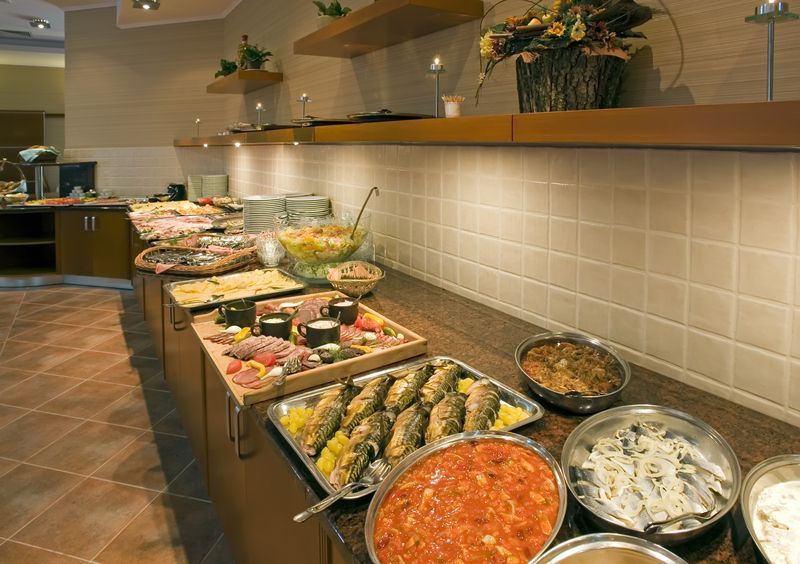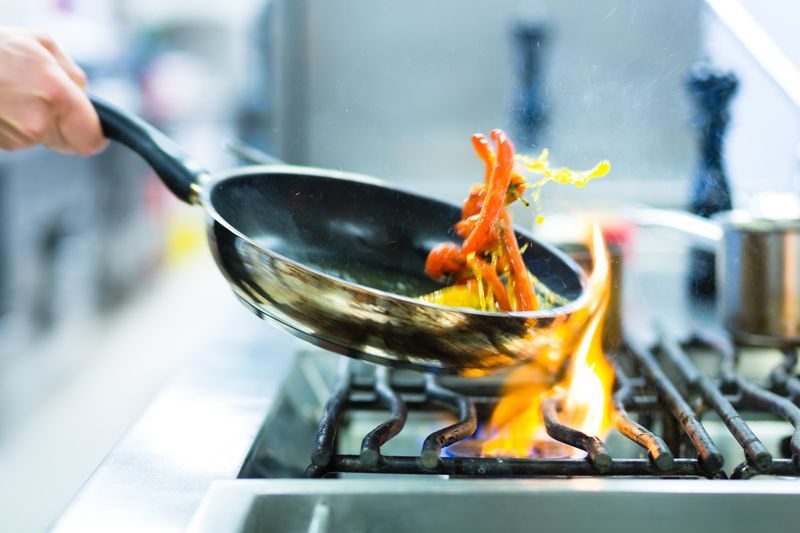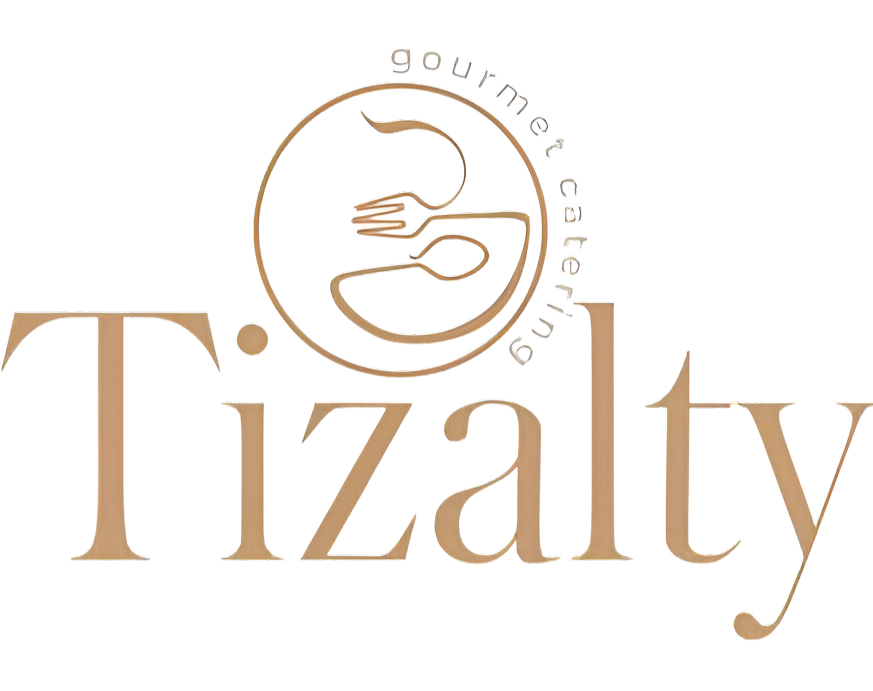Exploring the Culinary Journey: Puerto Rican and Venezuelan Flavors in Florida
In Florida, food enthusiasts embark on a flavorful culinary journey as they explore the vibrant tastes of Puerto Rican and Venezuelan cuisine. From savory dishes bursting with traditional spices to sweet treats rich in cultural heritage, the culinary landscape of these regions offers a delightful fusion of flavors. Whether savoring a classic Puerto Rican mofongo or indulging in an authentic Venezuelan arepa, food lovers can experience the diverse and delicious offerings that these cultures bring to the table.
The Roots of Puerto Rican Cuisine
Exploring the culinary landscape of Puerto Rico offers a glimpse into a rich history shaped by the Taino natives, Spanish colonizers, and African slaves. This fusion has created a unique gastronomy that encapsulates the essence of the island's cultural diversity. Staple ingredients such as plantains, pork, rice, and beans are at the heart of many traditional dishes, each telling its own story of cultural convergence.
Mofongo, Pernil, and Arroz con
gandules
stand out as iconic dishes within Puerto Rican cuisine. Mofongo, made from fried plantains mashed with garlic and mixed with pork cracklings, serves as a testament to the island's culinary creativity and its capacity to blend various cultural influences. Pernil, a slow-roasted pork dish, highlights the Spanish influence through its herbs and spices, while Arroz con gandules, rice with pigeon peas, is a celebratory dish that bears the legacies of all three cultural influences.
The preparation of Mofongo, in particular, showcases the blend of cultures that define Puerto Rican cuisine. The technique of mashing plantains in a pilón (a wooden mortar and pestle) echoes the island's Taino heritage, whereas the incorporation of African and Spanish elements through flavorful additions like pork reflects centuries of cultural fusion and adaptation.
The cultural significance of these dishes extends beyond their flavors. In Puerto Rico, food is deeply intertwined with celebrations, daily life, and the expression of identity. Gatherings and festivities are incomplete without the communal preparation of dishes like Pernil or Arroz con gandules, each serving as a medium for storytelling and preserving heritage. For Puerto Ricans, these dishes are not just meals but a celebration of resilience, community, and the enduring spirit of a diverse culture.
In Florida, where the influence of Puerto Rican cuisine is palpable, these traditional dishes are embraced with enthusiasm and reverence. Chefs, both of Puerto Rican descent and those inspired by the island's culinary heritage continue to share and innovate upon these recipes, ensuring the rich tapestry of flavors and stories remains alive and vibrant. Through food, the cultural essence of Puerto Rico continues to influence and enrich the broader culinary landscape, bridging past and present, tradition and innovation.
Venezuelan Culinary Heritage
The flavors of Venezuelan cuisine paint a vivid picture of its complex cultural fabric, woven from Indigenous, European, and African threads. This mosaic of influences is mirrored in its staple ingredients: corn, black beans, plantains, and beef, which form the backbone of Venezuelan culinary traditions. Among the galaxy of Venezuelan dishes, Arepas, Pabellón criollo, and Tequeños shine brightly, illustrating the country's rich gastronomic narrative.
Arepas, cornmeal cakes that are grilled, baked, or fried, are a quintessential Venezuelan dish that underscores the importance of corn in the national diet. Their versatility allows them to be stuffed with a variety of fillings, showcasing the ingenuity of Venezuelan cooking. Pabellón criollo, the country's national dish, is a vivid representation of Venezuela's history, with its layers of shredded beef, rice, black beans, and fried plantains. Tequeños, cheese sticks wrapped in dough and deep-fried, are a beloved snack and party food, further cementing food's central role in social gatherings and celebrations.
Food in Venezuela is more than sustenance; it's a vital component of social events and a vessel for passing down traditions and shared history. Celebrations and family gatherings are incomplete without the communal experience of enjoying dishes that have been passed down through generations, each bites a reminder of the country's rich cultural tapestry.
The Influence of Puerto Rican and Venezuelan Cuisines in Florida
The vibrant energy and rich flavors of Puerto Rican and Venezuelan cuisines have migrated far beyond their borders, finding a new home in Florida. The Sunshine State, with its diverse population and cosmopolitan palate, serves as fertile ground for these culinary traditions to flourish and evolve. Cities like Miami and Orlando teem with eateries that celebrate the heritage of these nations, offering traditional dishes that evoke the warmth of the Caribbean and the lively spirit of South America.
Innovation is at the heart of how
these cuisines have adapted in Florida. Chefs, including those from notable restaurants like Tizalty, are creatively honoring their culinary heritage while introducing new twists that appeal to a broad audience. By sourcing local ingredients and experimenting with cooking techniques, they bridge the gap between tradition and innovation, ensuring that every meal is both a tribute to their roots and an invitation to explore new flavors.
The influence of Puerto Rican and Venezuelan cuisines in Florida underscores the importance of food in cultural exchange and identity. As these cuisines continue to enthrall palates and enrich the state's culinary landscape, they serve as a testament to the enduring power of food to connect, celebrate, and innovate across cultures.
The third installment of our exploration into the rich tapestries of Puerto Rican and Venezuelan cuisines sheds light on a crucial component: the role of ingredients and cooking methods that traverse borders, and the delicate dance between preserving traditions and embracing innovation in the culinary world.
The Role of Ingredients in Transnational Cuisines
The migration of Puerto Rican and Venezuelan cuisines to Florida has highlighted the importance and challenge of sourcing authentic ingredients. From plantains and pork to corn and black beans, these ingredients are more than just the foundation of numerous dishes; they are carriers of history, identity, and nostalgia. In Florida, local chefs and home cooks alike have turned to local produce and meats to recreate the traditional flavors of their heritage. While the Sunshine State is rich with a diversity of agricultural products, ensuring the authenticity of flavors often requires creativity in substituting and adapting ingredients without compromising the essence of traditional dishes.
Cooking Methods That Cross Borders
The cooking techniques of both Puerto Rican and Venezuelan cuisines emphasize the significance of time-honored practices, from the slow roasting of Pernil to the meticulous preparation of Arepas. These methods, painstakingly preserved through generations, have not only survived the move to the U.S. but have also thrived, influencing the culinary scene in Florida. Here, traditional methods are respected, yet also innovated, with chefs employing modern techniques to elevate classic dishes, ensuring they appeal to both diaspora communities and a global audience. The fusion of methods encourages a dialogue between cultures, enriching Florida's culinary landscape with flavors that are both authentic and contemporary.
Preserving Tradition While Embracing Change
Navigating the balance between tradition and innovation in culinary practices is a delicate task. In Florida, chefs and culinarians from Puerto Rico and Venezuela face this challenge head-on, showcasing how traditional dishes can evolve within a new cultural and geographical context. Restaurants and food festivals, such as those held by the vibrant communities in Miami and Orlando, become stages for culinary innovation.
Traditional dishes like Mofongo and Arepas are reimagined with locally sourced ingredients or presented in fusion dishes, celebrating the essence of their origins while engaging with the diversity of the Floridian palate. The importance of education and cultural exchange in preserving culinary heritage cannot be overstated. Through cooking classes, food festivals, and culinary storytelling, the rich histories and traditions of these cuisines are shared with wider audiences.
This not only ensures the longevity of Puerto Rican and Venezuelan culinary traditions but also
fosters an appreciation for the diversity and depth of flavors these cuisines contribute to the global culinary stage. In conclusion, the journey of Puerto Rican and Venezuelan cuisines in Florida is a compelling narrative of migration, adaptation, and innovation. It serves as a reminder of the power of food in bridging cultural gaps, preserving heritage, and fostering community. Through the continued celebration and evolution of these cuisines, Florida not only enriches its own culinary diversity but also pays homage to the vibrant cultures that have found a new home within its borders.
Dive deeper into the world of Puerto Rican and Venezuelan culinary heritages with Tizalty! Our chefs are constantly innovating, bringing you a taste of these vibrant cultures right here in Florida. Contact us today to explore our menu or to make a reservation.



